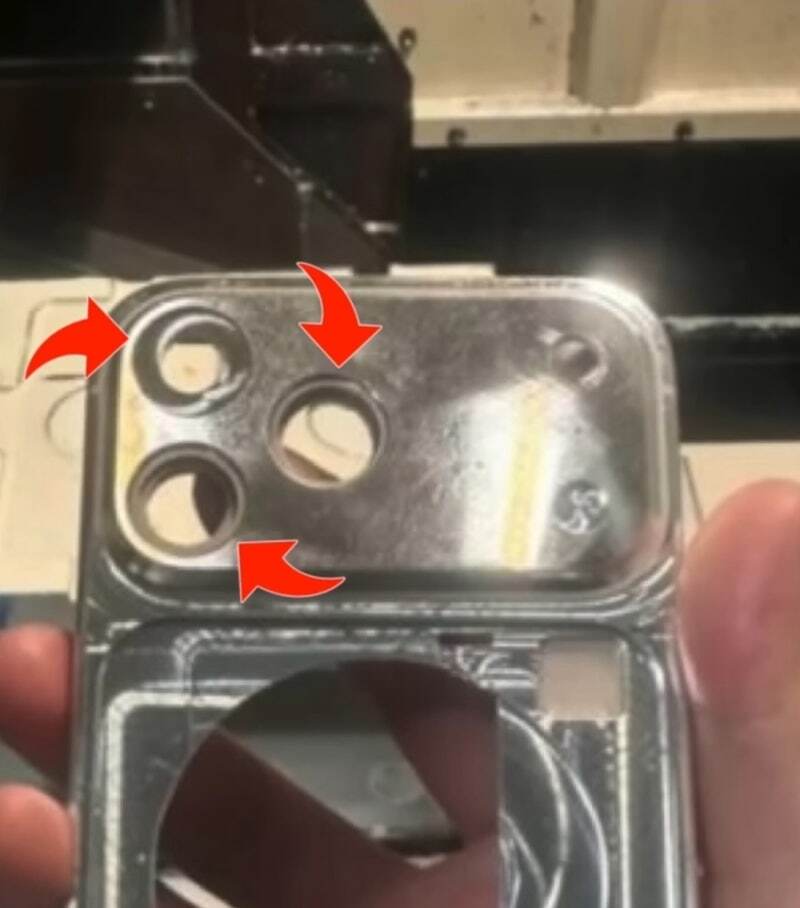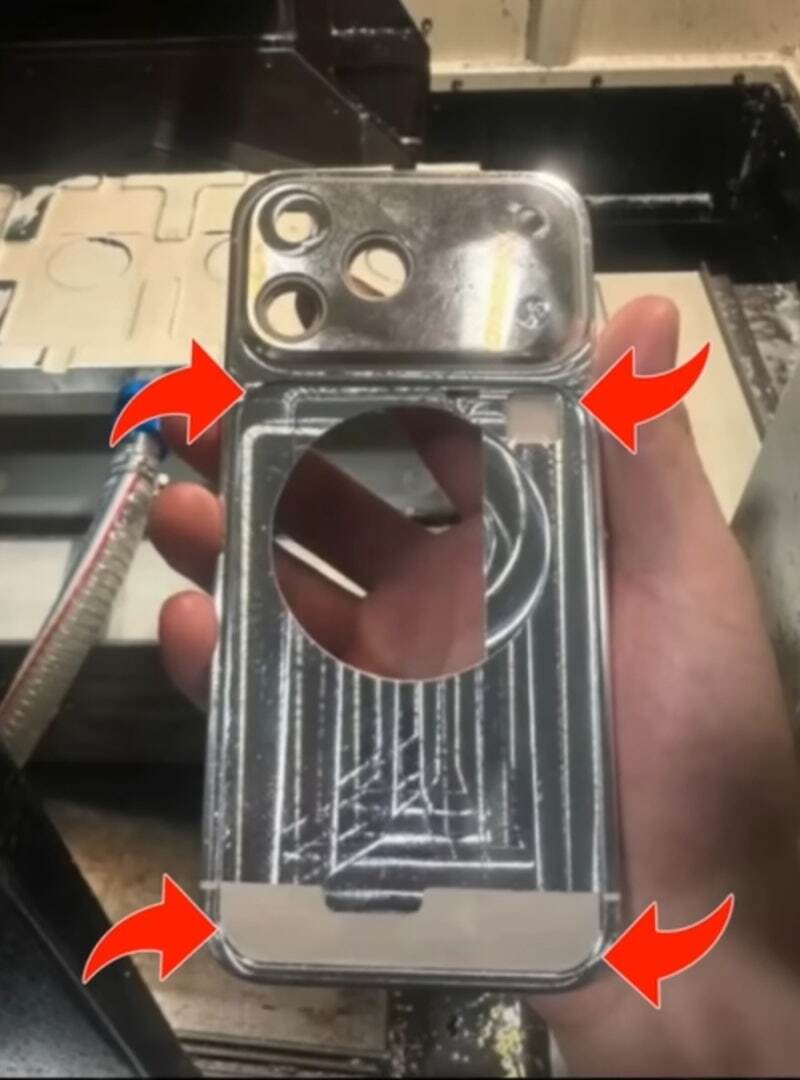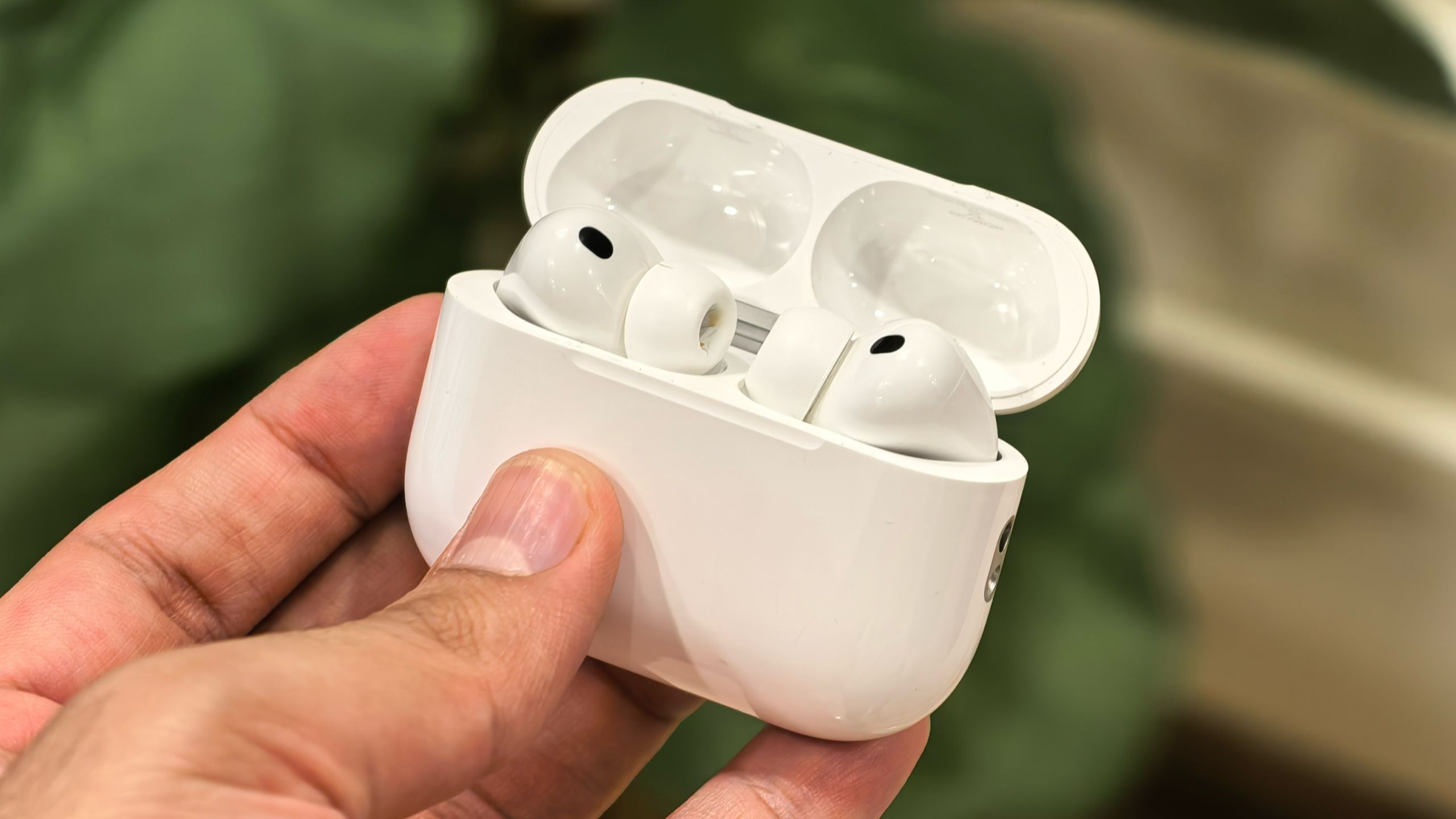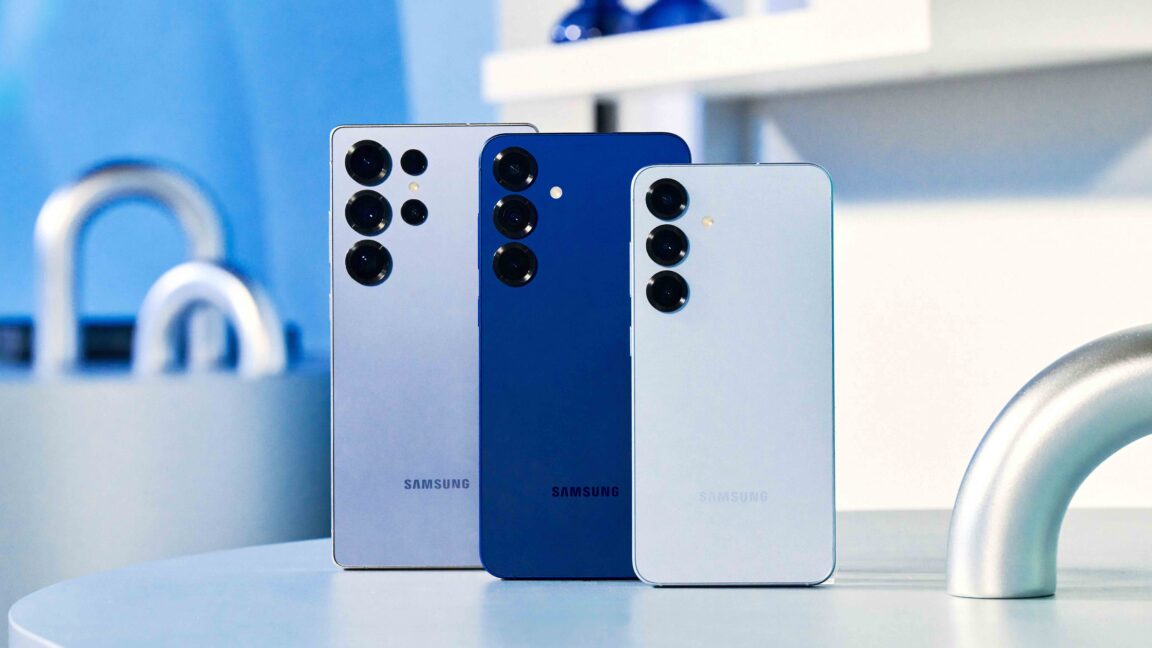It seems that the rumors about Apple abandoning titanium on the iPhone 17 Pro are true. A leak straight from iPhone 17‘s production line (allegedly) shows the all-aluminum chassis of the model.
The leak comes from the Korean website Naver, where a supply chain insider with the tag “yuex1122” shared photos of the iPhone 17 Pro. These images corroborated the earlier rumors that Apple is planning to drop titanium from the Pro model.
Another interesting thing we see in these photos is that the chassis wraps around the back with cutouts for the cameras and the MagSafe wireless charging coils. This could mean that the back material this year might also change and involve some kind of coating and not glass.
If true, this could see the return of metal phones and mark the beginning of a change from the glass sandwich design that has dominated the industry in the past decade. Of course, as with all leaks and rumors, we should take this one with the proverbial grain of salt.
The images could potentially be dummies or metal molds for dummies or even cases, so don’t get your hopes high if you like metal phones. The last metal-back iPhone was the iPhone 7 series, which debuted almost 10 years ago, back in 2016.
Apple still hasn’t officially confirmed the launch window for the iPhone 17 series, but if we extrapolate from previous years and follow the recent rumors, the event is expected to take place on September 9th, with pre-orders starting on September 12th and widespread market availability on September 19th.
Pros and Cons of a metal-back phone
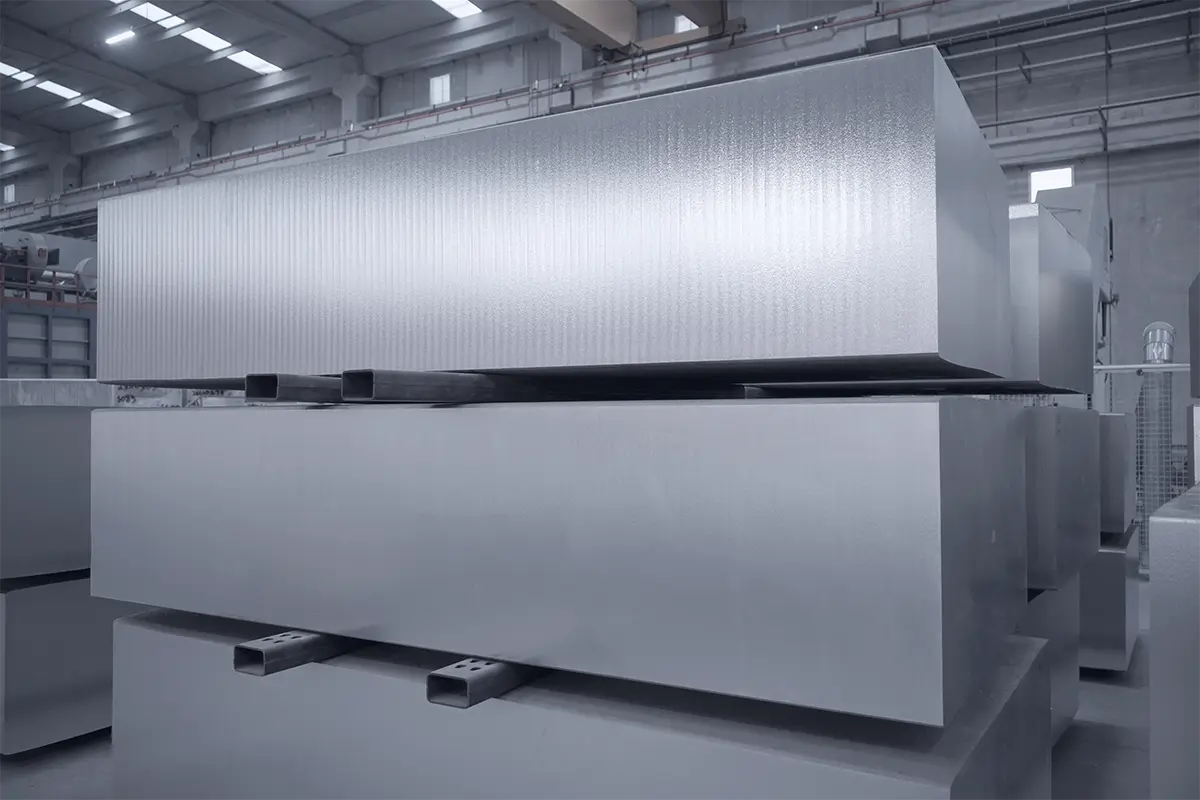

Aluminum has many great properties but also some disadvantages | Image by Altek Metal
Google used a workaround on the Pixel 5, cutting a hole in the metal chassis and covering the back with a polymer, and looking at the leaked images, Apple might do something similar with the iPhone 17 Pro.
Next, aluminum could bend, as most iPhone 6 Plus users know all too well. On the plus side, using a harder, aviation-grade aluminum negates this issue, and most modern smartphones opt for harder aluminum for their frames.
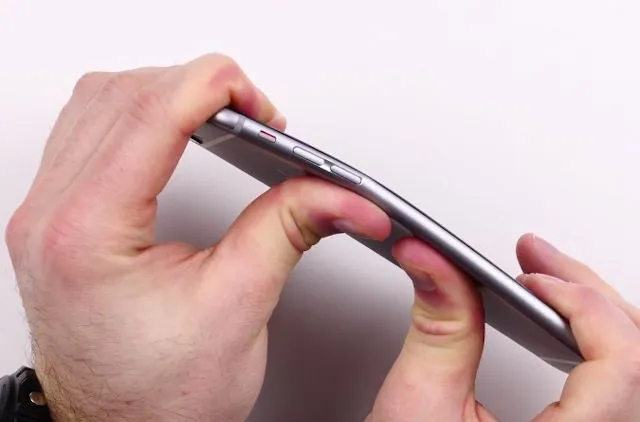

Remember bendgate? Let’s hope this never happens again | Image by Vox
Aluminum is expensive, at least more expensive than glass, so using a big chunk to make a smartphone’s unibody comes at a cost, quite literally. Finally, aluminum could be heavier than glass, depending on the thickness, density, and various other factors. Now let’s talk about the pros.
Unlike glass, aluminum won’t shatter to smitherins when you drop it, and even though it might get scratched or dented, the damage is nowhere near a broken glass back.
Metal also feels solid and substantial in the hand. Many people praise glass as a premium material, but a thin glass back might feel plasticky to the touch.
Aluminum is also a great heat conductor, there’s a reason heat sinks are made of aluminum and not glass (copper is better, but still, aluminum is used for its better price-performance ratio). This means that a metal phone could cleverly use the design to turn its back into a heat sink and dissipate the heat from its processor.
This last one could turn into a con if not done properly, as the back could get unpleasantly hot during intense tasks.
Source link
